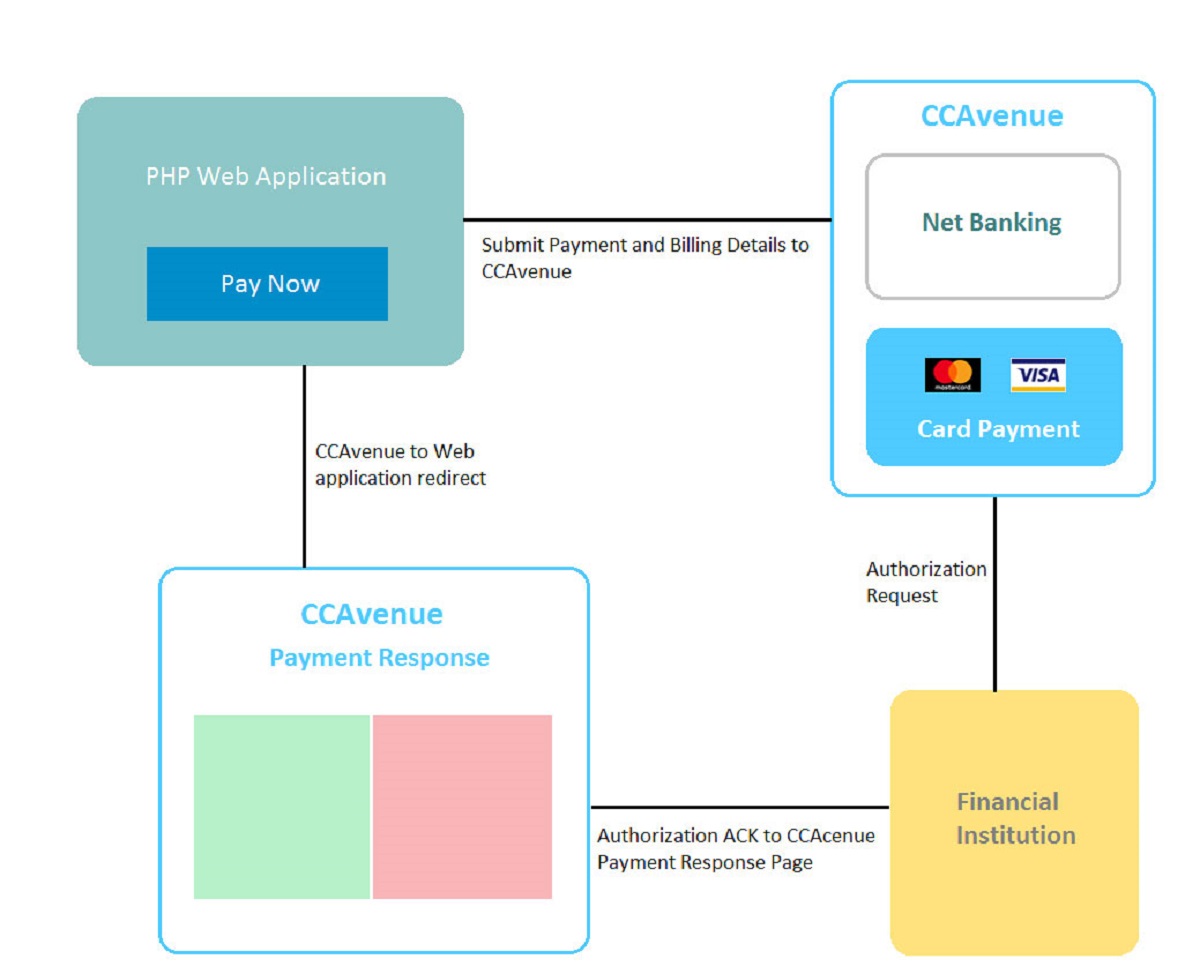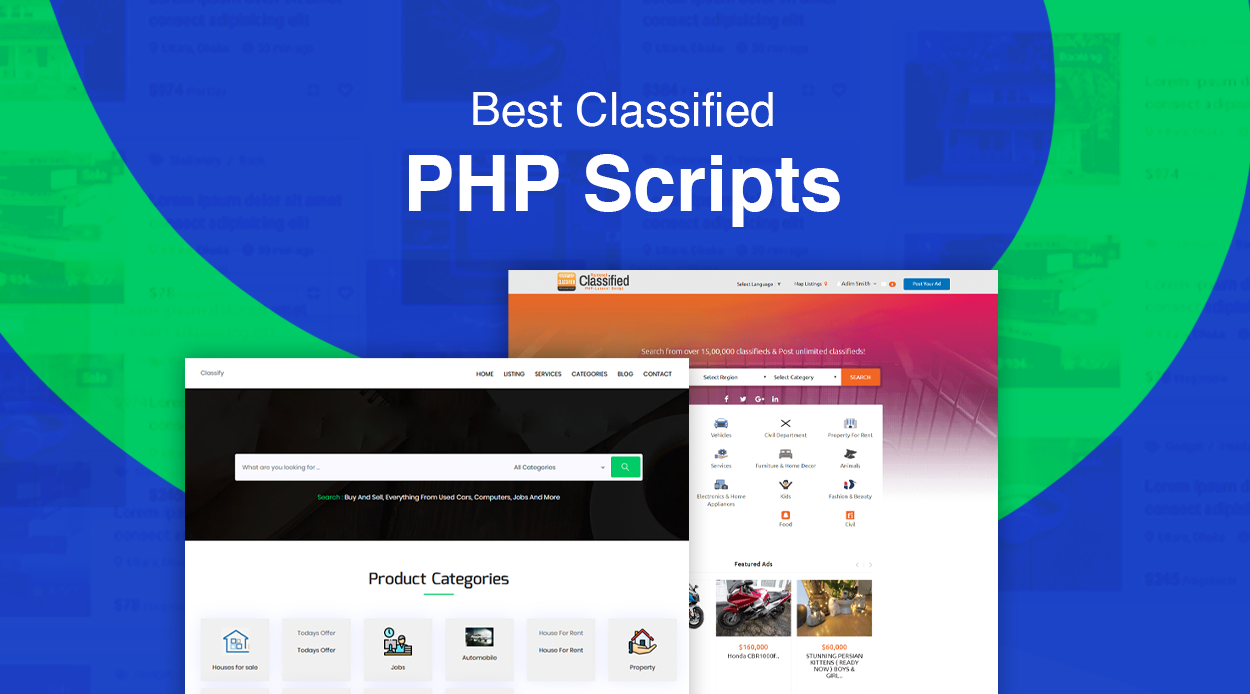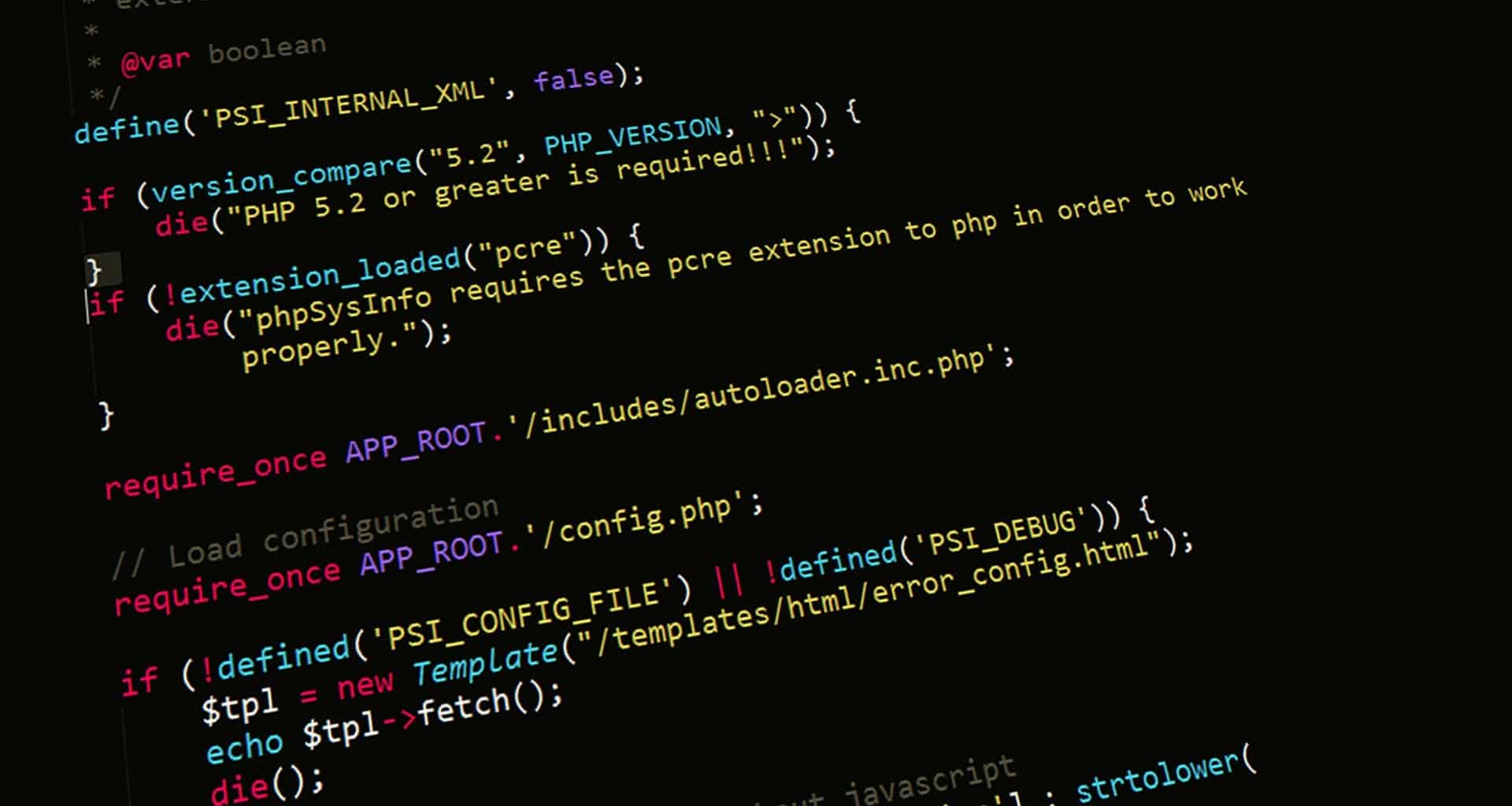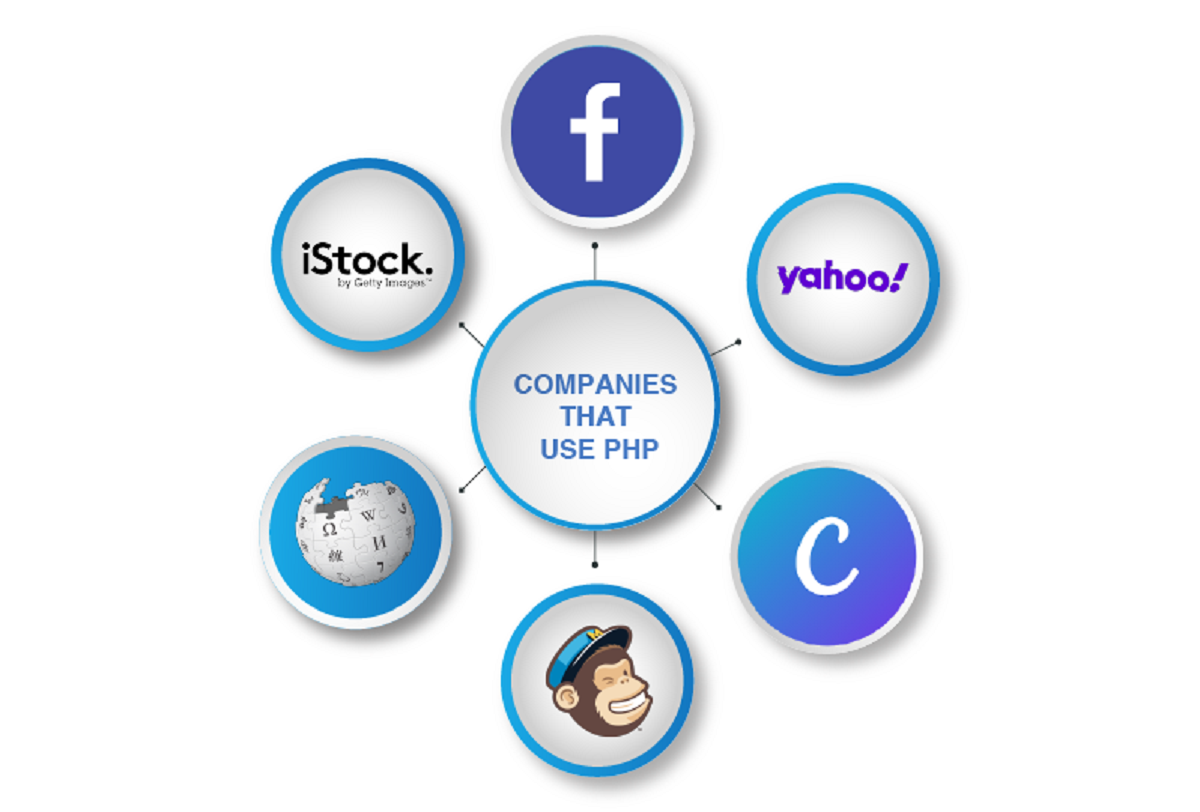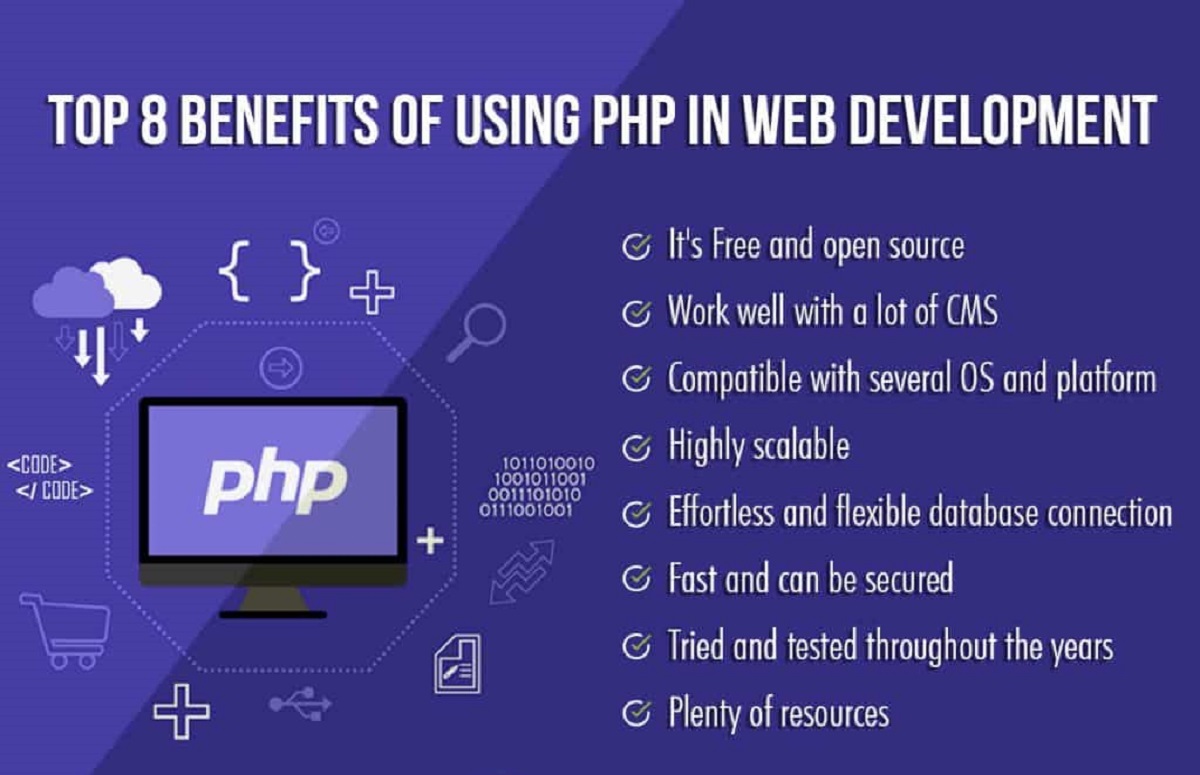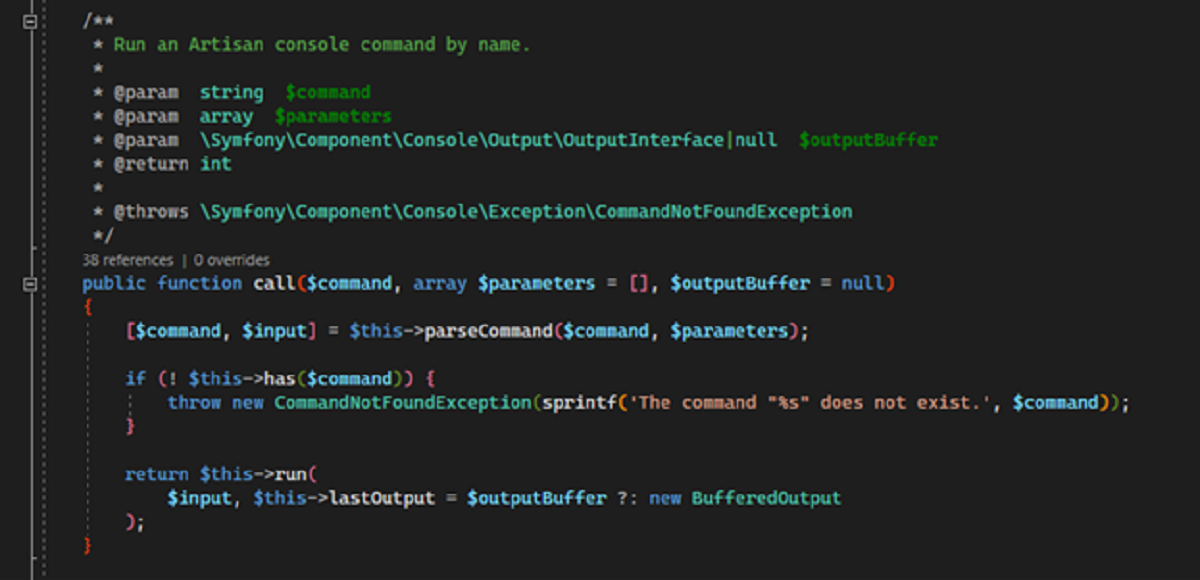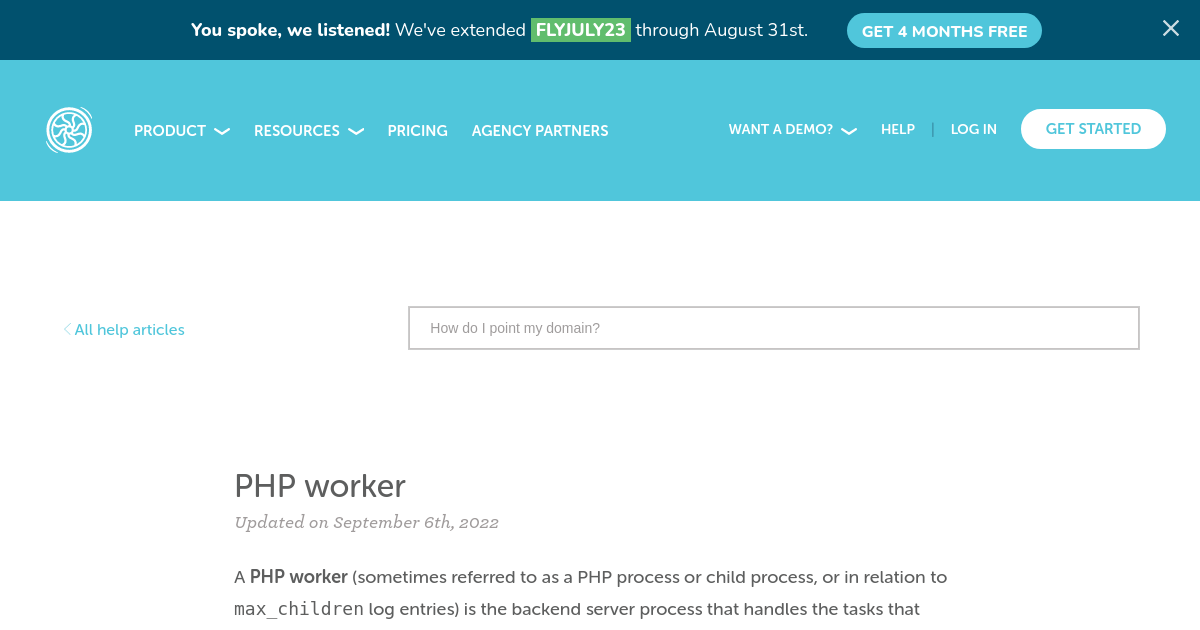Introduction
Implementing a payment gateway is an essential step for any online business that aims to accept secure and convenient online payments. In today’s digital world, customers expect seamless checkout experiences, and integrating a payment gateway in PHP can help businesses meet these expectations.
So, what exactly is a payment gateway? A payment gateway is a service that acts as a bridge between your website or application and the financial institutions that process payments. It securely facilitates the transfer of customer payment information to authorize and complete transactions.
Integrating a payment gateway in PHP offers numerous benefits for businesses. Firstly, it enhances the security of online transactions. Payment gateways implement encryption protocols and other security measures to protect sensitive customer information, reducing the risk of data breaches and fraud.
Secondly, a payment gateway provides a seamless checkout experience for customers. It allows them to make payments using various payment methods such as credit cards, debit cards, or digital wallets. This flexibility can increase customer satisfaction and encourage repeat purchases.
Moreover, integrating a payment gateway in PHP streamlines the payment process for businesses. It automates payment processing, reducing administrative burdens and saving time. With a payment gateway, businesses can receive payments, track transactions, and generate reports more efficiently.
If you’re ready to integrate a payment gateway in PHP, it’s essential to follow a systematic approach. In the upcoming steps, we will walk you through the process, from selecting a payment gateway provider to handling payment responses. By following these steps, you’ll be on your way to accepting online payments swiftly and securely.
What is a payment gateway?
A payment gateway is a technology-driven solution that facilitates secure and efficient online payment processing. It acts as a virtual bridge between your website or application and the financial institutions involved in payment authorization and settlement.
When a customer makes a purchase on your website, the payment gateway securely transmits the transaction data from your website to the payment processor or acquiring bank. This data typically includes information such as the customer’s payment details, invoice amount, and other necessary transaction details.
The payment gateway then encrypts this data to ensure its confidentiality and forwards it to the payment processor. The payment processor verifies the authenticity of the provided information, confirms the availability of funds, and initiates the payment transfer process.
Once the transaction is approved or declined, the payment gateway relays the response back to your website, enabling you to provide real-time feedback to the customer regarding the status of their payment.
One key aspect of a payment gateway is its ability to support various payment methods. This includes credit cards, debit cards, digital wallets, and other alternative payment methods. By providing multiple payment options, payment gateways cater to the diverse preferences of customers and can increase conversion rates for businesses.
Another crucial feature of a payment gateway is its robust security protocols. Payment gateways employ encryption algorithms and various security measures to protect sensitive customer data, such as card information, from unauthorized access. This helps build trust with customers and reduces the risk of fraud and data breaches.
It’s important to note that payment gateways may also offer additional features and functionalities, such as recurring billing, tokenization, and fraud detection, to further enhance the payment processing experience for businesses and their customers.
Overall, a payment gateway plays a vital role in enabling secure and seamless online transactions. By integrating a payment gateway in your PHP application, you can provide your customers with a reliable and convenient payment experience while ensuring the security and integrity of their sensitive information.
Benefits of integrating a payment gateway in PHP
Integrating a payment gateway into your PHP application offers a range of benefits for both your business and your customers. Let’s explore some of these advantages:
1. Enhanced security: Integrating a payment gateway in PHP provides an extra layer of security for your online transactions. Payment gateways use encryption protocols and other security measures to protect sensitive customer data, reducing the risk of data breaches and fraud.
2. Increased customer trust: By offering a secure payment gateway, you can build trust with your customers. They will have confidence that their personal and financial information is being handled securely, which can enhance their overall shopping experience and encourage repeat purchases.
3. Seamless checkout experience: Payment gateways in PHP allow for a smooth and convenient checkout process. Customers can pay using various payment methods, such as credit cards, debit cards, or digital wallets. This flexibility improves customer satisfaction and reduces cart abandonment rates.
4. Faster payment processing: Integrating a payment gateway automates the payment processing workflow. Transactions are processed in real-time, reducing the need for manual intervention and accelerating the payment settlement process.
5. Access to multiple payment options: A payment gateway in PHP enables businesses to accept payments through multiple channels. This includes accepting credit cards, debit cards, and alternative payment methods, catering to the diverse preferences of customers and expanding your potential customer base.
6. Simplified financial management: Payment gateways often provide comprehensive reporting and transaction management tools. These tools allow you to track payments, generate reports, and reconcile accounts more efficiently, simplifying your financial management processes.
7. Scalability and growth opportunities: Integrating a payment gateway in PHP prepares your business for growth. As your business expands, the payment gateway can handle increased transaction volumes and support new features or payment options, ensuring that your payment infrastructure can scale alongside your business.
8. Integration with other systems: Payment gateways can easily integrate with other software systems, such as e-commerce platforms, CRM systems, or accounting software. This allows for seamless data synchronization and ensures a smooth flow of information across different aspects of your business.
9. Compliance with industry standards: Payment gateways typically adhere to industry-standard security protocols, ensuring that your business remains compliant with data security regulations. This mitigates the risk of legal and financial consequences related to data breaches or non-compliance.
By leveraging the benefits of integrating a payment gateway in PHP, you can provide a secure and convenient payment experience for your customers while streamlining your payment processes and positioning your business for growth.
Steps to integrate a payment gateway in PHP
Integrating a payment gateway in PHP can seem complex at first, but by following a systematic approach, you can successfully implement it into your application. Here are the steps to guide you through the process:
Step 1: Choose a payment gateway provider: Research and select a payment gateway provider that suits your business requirements. Consider factors such as supported payment methods, transaction fees, security features, and integration options.
Step 2: Sign up for an account with the payment gateway provider: Visit the website of your chosen payment gateway provider and sign up for an account. Complete the registration process, providing the necessary information about your business.
Step 3: Obtain API credentials: After registering, you will receive API credentials, including a merchant ID, API keys, and other necessary information. These credentials will be used to authenticate your PHP application and communicate with the payment gateway’s API.
Step 4: Install and configure the payment gateway library: Explore the documentation provided by the payment gateway provider to understand how to install and configure their PHP library in your application. The library typically includes client libraries and SDKs that simplify the integration process.
Step 5: Create a payment form: Design and create a payment form in HTML and PHP to collect the necessary payment information from your customers. The form should include fields for card details, billing address, and any additional data required by the payment gateway.
Step 6: Process the payment: Use the API credentials and the payment gateway library to connect your PHP application with the payment gateway’s API. When the payment form is submitted, your PHP code should invoke the necessary API calls to process the payment and initiate the transaction.
Step 7: Handle the payment response: Upon processing the payment, the payment gateway will provide a response indicating the success or failure of the transaction. Your PHP code should handle this response and provide appropriate feedback to the customer, such as displaying a confirmation message or an error notification.
It is important to thoroughly test your integration to ensure that the payment gateway is functioning correctly in your PHP application. Perform test transactions using both successful and unsuccessful scenarios to verify the reliability and accuracy of the integration.
Remember to monitor and maintain your payment gateway integration over time. Stay updated with any changes or updates provided by the payment gateway provider to ensure the continuous functionality and security of your payment processing system.
By following these steps, you’ll be able to integrate the payment gateway seamlessly into your PHP application, enabling secure and convenient online payments for your customers.
Step 1: Choose a payment gateway provider
The first step in integrating a payment gateway in PHP is to choose a reliable and suitable payment gateway provider. Selecting the right provider is crucial, as it will determine the features, capabilities, and overall payment processing experience for your business and customers. Here are some key factors to consider:
1. Payment methods: Evaluate the payment methods supported by the payment gateway provider. Ensure that they offer the options your customers prefer, such as credit cards, debit cards, digital wallets, or alternative payment methods. The more payment options available, the better the chances of satisfying your customers’ diverse needs.
2. Security features: Look for a payment gateway provider that prioritizes security. Ensure they comply with industry standards, such as PCI DSS (Payment Card Industry Data Security Standard), and offer robust data encryption, fraud detection, and prevention measures. Security is crucial in protecting both your business and your customers’ sensitive payment information.
3. Integration options: Consider the integration options provided by the payment gateway provider. Some providers offer direct integration using their APIs, while others provide plugins or SDKs that simplify the integration process. Choose a provider that offers clear documentation and supports PHP-based integration.
4. Transaction fees: Assess the transaction fees charged by the payment gateway provider. Take into account both the upfront costs and any additional fees such as per-transaction fees or monthly fees. Compare the pricing structures of different providers to choose the one that aligns with your budget and anticipated transaction volumes.
5. Reputation and credibility: Research the reputation and credibility of the payment gateway provider. Look for online reviews, testimonials, and case studies to gauge the experiences of other businesses that have used their services. A reputable provider with a solid track record can give you confidence in their reliability and customer support.
6. Customer support: Consider the availability and quality of customer support provided by the payment gateway provider. Ensure they offer prompt and effective customer support channels, such as phone, email, or live chat, so that you can quickly resolve any issues or queries that may arise during the integration process or ongoing payment operations.
7. Scalability and flexibility: Anticipate the future growth of your business and choose a payment gateway provider that can scale alongside your needs. Ensure they can handle increasing transaction volumes, support international currencies, and accommodate additional features as your business expands.
8. Additional features: Evaluate any additional features or functionalities offered by the payment gateway provider. These may include recurring billing, tokenization, multi-currency support, or integration with other systems, such as e-commerce platforms or accounting software. Assess these features to determine if they align with your specific business requirements.
By carefully assessing these factors and conducting thorough research, you can select a payment gateway provider that best fits your business needs. Remember, the right provider should offer a secure, seamless, and reliable payment processing experience for both you and your customers.
Step 2: Sign up for an account with the payment gateway provider
Once you have chosen a payment gateway provider that meets your business requirements, the next step is to sign up for an account with them. This process typically involves registering on the provider’s website and providing necessary information about your business. Here’s a breakdown of what you need to do:
1. Visit the payment gateway provider’s website: Go to the website of the selected payment gateway provider. Look for a “Sign Up” or “Register” button, usually located on the homepage or in the navigation menu. Click on it to initiate the registration process.
2. Fill out the registration form: You will be directed to a registration form where you need to provide information about your business. This may include your business name, contact details, website URL, company registration number, and business type. Make sure to provide accurate and up-to-date information.
3. Provide additional documentation: Some payment gateway providers may require additional documentation to verify your business and ensure compliance with regulations. This may include proof of identity, business registration certificates, bank statements, or any other documents as per their requirements. Prepare these documents in advance to streamline the registration process.
4. Configure your account settings: After filling out the registration form, you may need to configure various account settings. This includes details such as preferred payment methods, settlement options, currency preferences, and any specific preferences or requirements for your business. Take the time to review these settings and ensure they align with your business needs.
5. Agree to terms and conditions: Carefully read and agree to the terms and conditions set by the payment gateway provider. These terms generally cover aspects such as service usage policies, fees, dispute resolution, data protection, and liability. Make sure you understand and agree to these terms before proceeding.
6. Complete the registration process: Once you have provided all the necessary information and agreed to the terms and conditions, submit the registration form. The payment gateway provider will review your application and may perform a verification process to validate the authenticity of your business and ensure compliance with regulations.
7. Await approval: After submitting your registration, you will need to wait for the payment gateway provider to review and approve your account. This approval process may take some time, depending on the provider and the verification procedures they have in place. Be patient and keep an eye out for any communication from the provider regarding the status of your registration.
8. Receive API credentials: Once your account is approved, you will receive API credentials from the payment gateway provider. These credentials are essential for integrating the payment gateway into your PHP application. The credentials typically include a merchant ID, API keys, and any other authentication details required for establishing a connection to the payment gateway’s API.
It is important to familiarize yourself with the payment gateway provider’s documentation during this step. The documentation will provide guidance on how to integrate their services into your PHP application and make the most of the features they offer.
By successfully signing up for an account with a payment gateway provider, you will be one step closer to integrating secure and convenient online payment processing into your PHP application.
Step 3: Obtain API credentials
After signing up for an account with a payment gateway provider, the next step in integrating a payment gateway in PHP is to obtain API credentials. These credentials are essential for authenticating your PHP application and allowing it to communicate with the payment gateway’s API. Here’s how you can obtain the necessary API credentials:
1. Access your account dashboard: Log in to your account on the payment gateway provider’s website. Navigate to your account dashboard or settings area where you can manage and access your API credentials.
2. Locate the API credentials section: Look for a specific section or tab dedicated to API or integration settings within your account dashboard. This section is where you can generate or view your API credentials.
3. Generate API keys: If the payment gateway provider offers the option to generate API keys, follow the instructions to create new API keys. These keys are unique identifiers that grant access to specific API functionalities. Some providers may generate the API keys automatically, while others may allow you to customize certain settings before generating them.
4. Retrieve other necessary API details: In addition to API keys, you may also need to obtain other relevant details, such as a merchant ID or authentication tokens. These additional credentials are typically provided by the payment gateway provider along with the API keys. Take note of these details, as they are crucial for establishing a secure connection between your PHP application and the payment gateway.
5. Ensure security: Payment gateway API credentials are sensitive information that should be handled with care. Store the credentials securely and avoid exposing them in your PHP code or any public repositories. Maintain good security practices to prevent unauthorized access to your API credentials, which can potentially lead to security breaches or unauthorized transactions.
6. Test the API credentials: Before proceeding with the integration, it is important to test the API credentials to ensure they are functioning correctly. The payment gateway provider typically provides sample code or a sandbox environment where you can test the credentials without making real transactions. Use this opportunity to verify that the API credentials are working as expected in your PHP application.
7. Keep API credentials up to date: Over time, the payment gateway provider may introduce updates, change their API structure, or require you to update your API credentials. Stay informed about any notifications or updates from the provider and make sure you regularly check if there are any changes or updates to your API credentials.
8. Document the API credentials: Document the API credentials in a secure location along with any relevant details or instructions. This documentation will be helpful for future reference or in case you need to share the API credentials with team members or developers.
Obtaining API credentials is a crucial step in integrating a payment gateway in PHP. These credentials authenticate your application and allow it to securely interact with the payment gateway’s API, enabling seamless and secure payment processing for your users.
Step 4: Install and configure the payment gateway library
Once you have obtained the necessary API credentials, the next step in integrating a payment gateway in PHP is installing and configuring the payment gateway library. The library provides the necessary tools and functionalities to connect your PHP application with the payment gateway’s API. Here’s how you can install and configure the payment gateway library:
1. Get the library files: Visit the payment gateway provider’s website or documentation to locate the library files. Most providers offer SDKs or client libraries specifically designed for PHP integration. Download the library files to your local machine.
2. Set up the library files: Extract the downloaded library files and place them in a directory within your PHP application. Depending on the structure of the library, you may need to place the files in a specific folder, such as a “lib” or “vendor” directory.
3. Include the library in your PHP code: Open the PHP file where you plan to implement the payment gateway integration. Include the necessary library files at the top of your PHP file using the “require” or “include” statements. This makes the library functions and classes accessible within your code.
4. Configure library settings: Explore the documentation provided by the payment gateway provider to understand the library’s configuration options. Typically, you need to set certain parameters, such as your API credentials, within your PHP file to establish the connection between your application and the payment gateway. This ensures that your PHP code can authenticate with the payment gateway’s API.
5. Initialize the library: Once you have configured the necessary settings, you need to initialize the library within your PHP code. This step typically involves creating an instance of the library class and passing in the configured settings. This initialization process sets up the connection between your PHP application and the payment gateway’s API.
6. Test the integration: After setting up and initializing the library, it is important to test the integration. Follow the payment gateway provider’s documentation to find sample code or testing instructions. Perform test transactions using mock data to ensure that the library is functioning correctly and can communicate with the payment gateway’s API without any issues.
7. Handle error cases: While testing, you may encounter error cases, such as invalid API credentials or failed transactions. Ensure that your code includes error handling mechanisms to handle such cases gracefully. Capture and log error messages, display appropriate error notifications to users, and make necessary adjustments to your integration code as needed.
8. Keep the library updated: Payment gateway providers may release updates or bug fixes for their library files. Stay informed about any updates or releases and make sure to keep your library files up to date. Regularly check the payment gateway provider’s documentation or subscribe to their developer newsletters to receive notifications about new releases and updates.
Installing and configuring the payment gateway library forms a crucial step in the integration process. It allows your PHP application to interact with the payment gateway’s API effectively, facilitating secure and seamless payment processing for your users.
Step 5: Create payment form
Now that you have installed and configured the payment gateway library, the next step in integrating a payment gateway in PHP is to create a payment form. The payment form allows users to enter their payment details and initiate the payment process. Here’s how you can create a payment form:
1. Determine the required fields: Begin by determining the necessary fields to include in your payment form. Typically, these fields include payment card details, such as card number, expiration date, CVV code, and the cardholder’s name. Additionally, you may need to include other relevant fields such as the billing address, email address, or any custom fields required by the payment gateway provider.
2. Use HTML to structure the form: Create an HTML form using the appropriate markup tags. Start by using the







